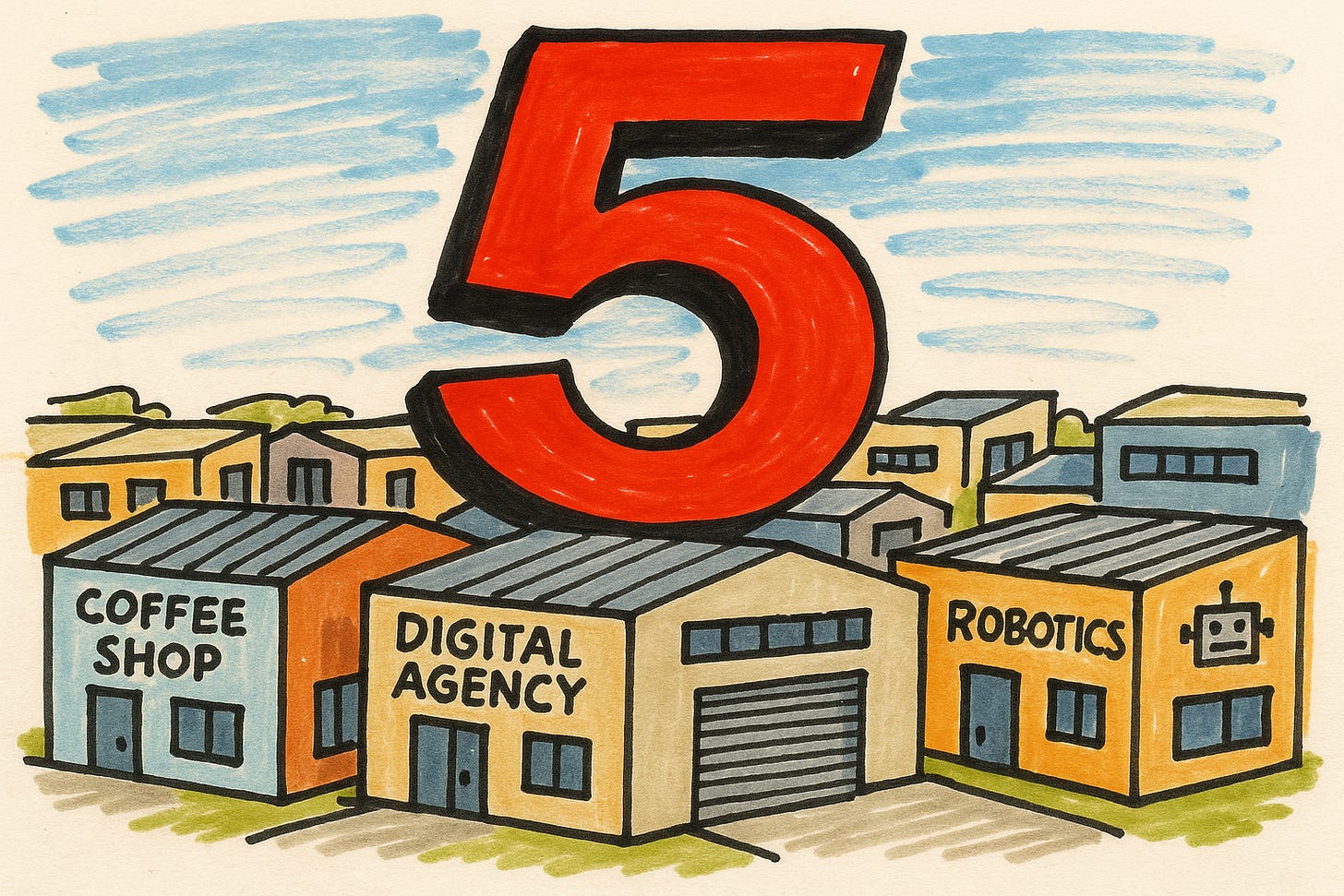ChatGPT‑5 is here, and for once, the hype feels justified. OpenAI’s latest AI model isn’t just another incremental update; it’s being hailed as a milestone in AI development that brings us a step closer to true general intelligence. CEO Sam Altman even likened the leap from GPT‑4…
Keep reading with a 7-day free trial
Subscribe to Zero Fluff to keep reading this post and get 7 days of free access to the full post archives.



